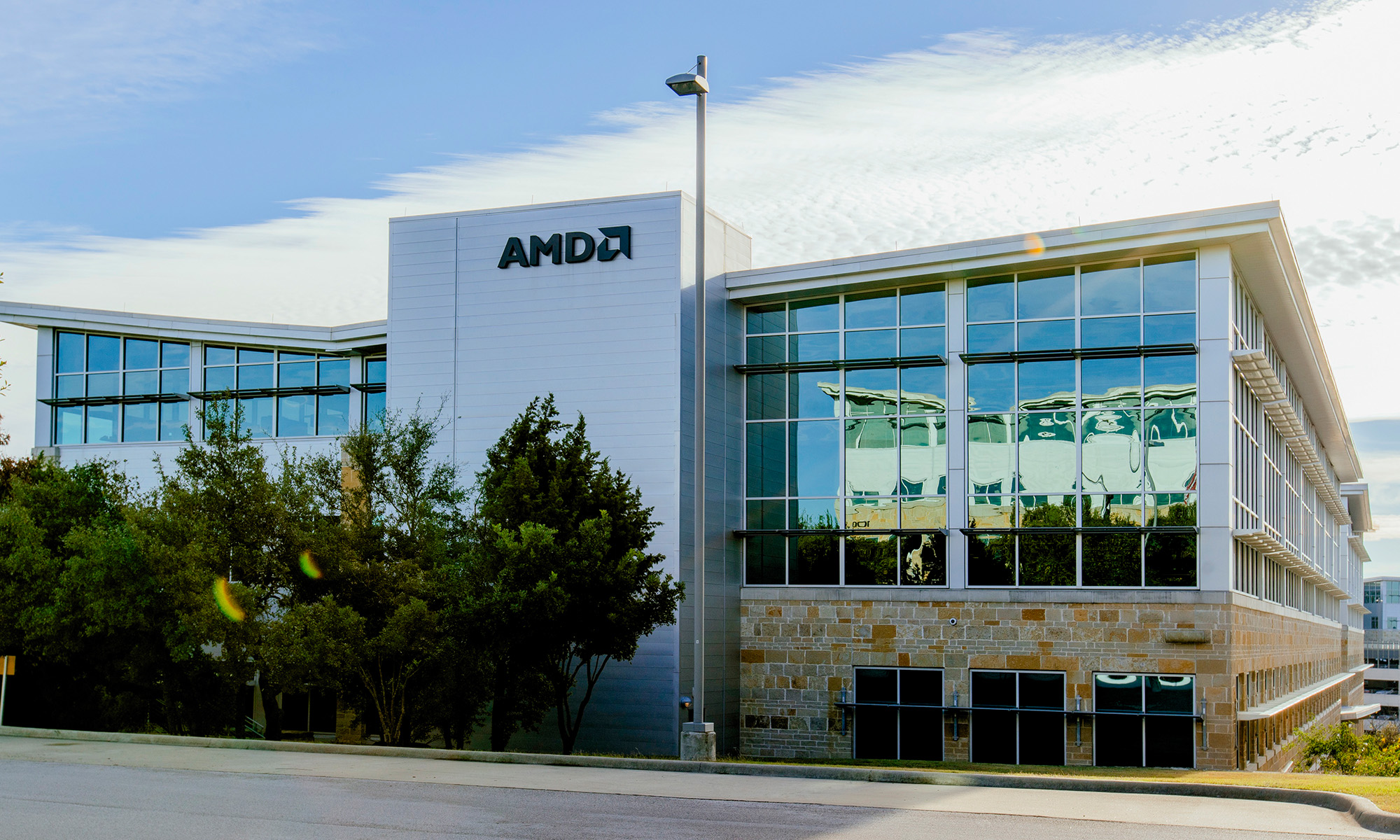Advanced Micro Devices (AMD +1.79%) recently announced the pricing and release date for its small form-factor Radeon R9 Fury Nano graphics card. The R9 Fury Nano is a fully enabled version of AMD's new "Fiji" graphics processor targeted at high-end gamers who also want something efficient and compact. It is expected to launch on September 10.
Unfortunately, just like the Radeon R9 Fury and its higher-end sibling, the Fury X, it seems that these cards will once again be in short supply at launch.
Evidence of a potential shortage
Scott Wasson of the Tech Report, a well-known PC hardware review site, put up a post on the site asking for somebody to help him get ahold of a Radeon R9 Fury Nano for review. Why? Because AMD is apparently "chosen not to provide [The Tech Report] with a product sample for review."
Interestingly enough, this reminds me of when technology website KitGuru was denied a review sample of the recently launched Radeon R9 Fury X. According to KitGuru, AMD told the site that "with limited product, [AMD] wanted to focus on giving review samples to publications that are 'more positive' about AMD as a brand, and company."
I suspect that with AMD doing the same thing to The Tech Report, potentially due to the fact that Scott Wasson advised his readers to wait for third-party reviews rather than take AMD's (quite optimistic) marketing slides at face value before buying the card.
What could be driving this supply shortage?
It's not clear exactly just how supply limited AMD is, but if the supply situation with the Radeon R9 Fury X is any indication (and it should since the Radeon R9 Nano uses the same exact, fully enabled chip), I suspect that the answer to that is "very."
It's not completely clear what's driving this supply shortage, but if I had to guess, I would blame it mostly on AMD's adoption of High Bandwidth Memory, or HBM.
This new memory type is quite interesting for high-end graphics cards (both AMD and its chief competitor plan to use it in future graphics architectures) -- it offers significant performance-per-watt and board footprint improvements over traditional GDDR5 -- but it's quite new, which might mean that manufacturing it, at least at this stage of the game, is difficult.
The Radeon R9 Fury/Fury X silicon die itself is also quite large, which might make getting fully functional dies -- even on a mature 28-nanometer process -- difficult. So, the combination of both a brand-new memory type as well as a very large, complex graphics chip could be what is tripping AMD up.
What might this mean for AMD?
With the Radeon R9 Fury/Fury X and Nano, AMD is trying to regain market segment share in the high end of the stand-alone graphics processor market.
That said, I think AMD will have a difficult time here. Firstly, AMD's evident supply limitations mean that it won't be able to satisfy the demand for its high-end graphics. Although there may be a fair number of gamers who will wait for AMD's cards to come back into stock, I suspect that NVIDIA GeForce GTX 980 Ti will meet the needs of buyers looking for Radeon R9 Fury X performance.
As far as the Radeon R9 Nano goes, AMD seems to be targeting a fairly small niche in offering a high-end graphics chip in a very small form factor. For users who absolutely need to have very high performance in a super-small card, AMD will probably have the edge over NVIDIA's offerings.
That said, if AMD can't fix its supply issues soon, it might not even be able to satisfy the demand within that relatively small niche, potentially meaning that AMD won't capture as much revenue as it otherwise could have.






